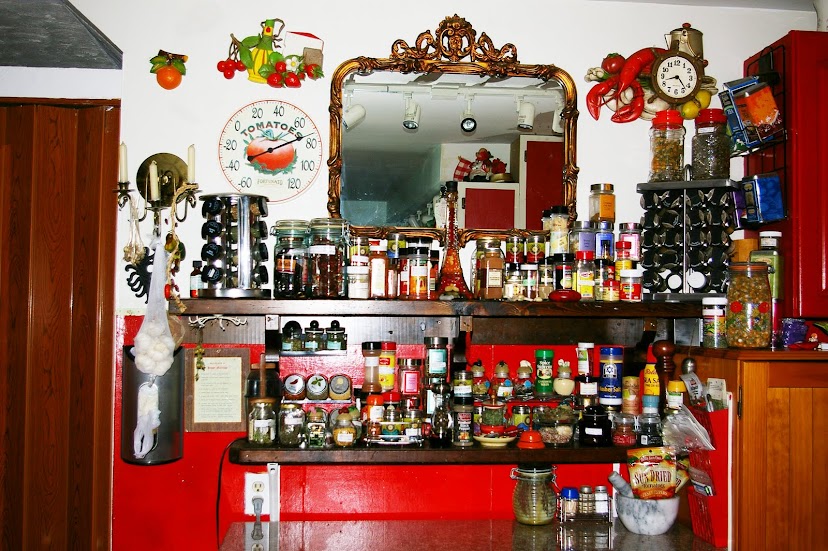Did you know phthalates thamimic hormones and have been linked to numerous health problems, but remain legal? Since phthalates have been linked to baby powder, lotion and shampoo to higher levels of phthalates in babies' bodies, many parents are looking for answers about avoiding products that contain them.
Phthalates are known as "endocrine disruptors" because they mimic the body's hormones and have, in laboratory animal tests, been shown to cause reproductive and neurological damage. (California will ban the use of phthalates in toys and baby products as of 2009.)
Unfortunately, it's not particularly easy to avoid phthalates.
You'll rarely find the word "phthalates" on a label (except for the occasional "phthalate-free," which is helpful).
Here are three tips for identifying products that have, or are likely to have, phthalates or another compound that has raised similar concerns and is found in similar products, Bisphenol A.
Phthalates are known as "endocrine disruptors" because they mimic the body's hormones and have, in laboratory animal tests, been shown to cause reproductive and neurological damage. (California will ban the use of phthalates in toys and baby products as of 2009.)
Unfortunately, it's not particularly easy to avoid phthalates.
You'll rarely find the word "phthalates" on a label (except for the occasional "phthalate-free," which is helpful).
Here are three tips for identifying products that have, or are likely to have, phthalates or another compound that has raised similar concerns and is found in similar products, Bisphenol A.
- Read the ingredients. According to the organization Pollution in People, you can identify phthalates in some products by their chemical names, or abbreviations:
- DBP (di-n-butyl phthalate) and DEP (diethyl phthalate) are often found in personal care products, including nail polishes, deodorants, perfumes and cologne, aftershave lotions, shampoos, hair gels and hand lotions. (BzBP, see below, is also in some personal care products.)
- DEHP (di-(2-ethylhexyl) phthalate or Bis (2-ethylhexyl) phthalate) is used in PVC plastics, including some medical devices.
- BzBP (benzylbutyl phthalate) is used in some flooring, car products and personal care products.
- DMP (dimethyl phthalate) is used in insect repellent and some plastics (as well as rocket propellant).
- Be wary of the term "fragrance," which is used to denote a combination of compounds, possibly including phthatates, which are a subject of recent concern because of studies showing they can mimic certain hormones.
- Choose plastics with the recycling code 1, 2 or 5. Recycling codes 3 and 7 are more likely to contain bisphenol A or phthalates.

No comments:
Post a Comment